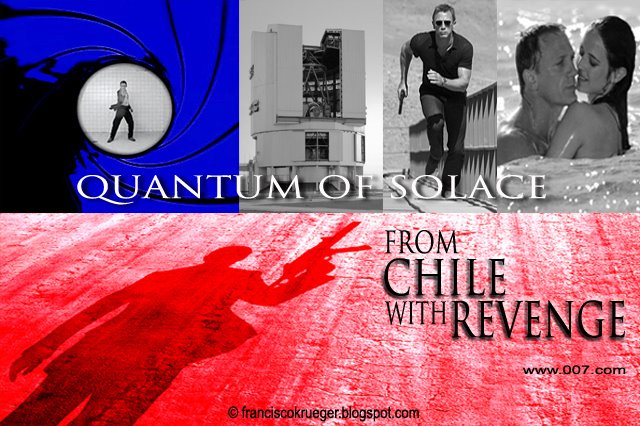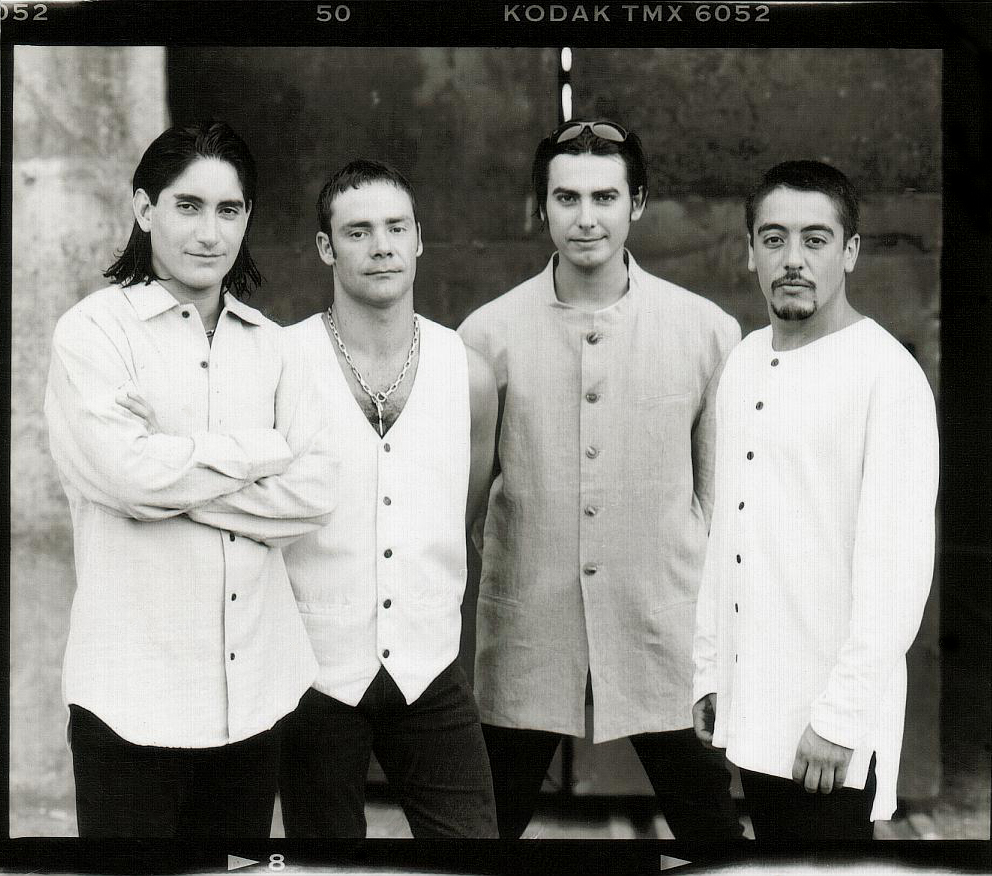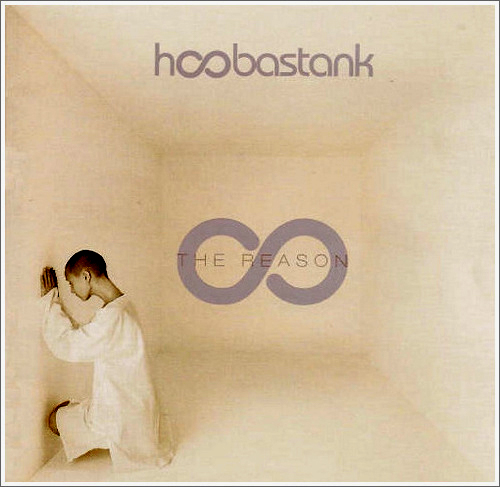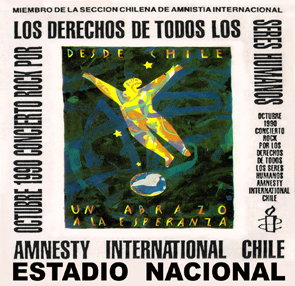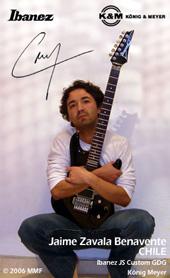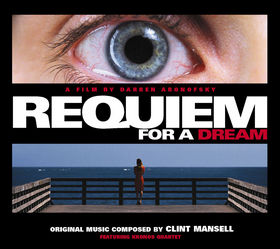Freddy Krueger Is Back!
Freddy Krueger, full name Frederick Charles Krueger — is the main fictional character from the Nightmare on Elm Street series of films. Created by Wes Craven and portrayed by actor Robert Englund in every film of the series, he is an undead serial killer[2] who can attack his victims supernaturally from within their own dreams when they are in a state of sleep. Freddy is commonly identified by his burnt disfigured face, red and green striped sweater, brown fedora hat, and trademark metal-clawed leather glove. Freddy Krueger’s origin has slowly evolved over the course of the film series. Each subsequent film revealed new information that intertwined with the backstory established in the original film A Nightmare on Elm Street.A Nightmare on Elm Street 3: Dream Warriors and A Nightmare on Elm Street 5: The Dream Child provided the origin of Krueger’s birth; which began with a tragic incident involving his mother in the early 1940s. During a Christmas holiday, a young nun named Sister Mary Helena (a.k.a Amanda Krueger) was accidentally trapped inside “the Tower”, a wing containing the worst of the criminally insane at Westin Hills psychiatric hospital. Amanda was raped and tortured numerous times by the one hundred patients confined there. She was found days later, close to death and now pregnant. Frederick Charles Krueger was born months later after a breech birth and was given up for adoption.
The sequel Freddy’s Dead: The Final Nightmare showed that Krueger was placed with an abusive alcoholic named Mr. Underwood (portrayed by Alice Cooper) who abused him physically and emotionally. As a child, Freddy exhibited sociopathic behavior, which included killing small animals. Socially, he was often ridiculed by his peers. In his late teens, Freddy practiced self-mutilation; learning the "secret of pain", he murdered Underwood.Later in adulthood, Krueger would go on to marry Loretta, with whom he would have his daughter Kathryn Krueger. The Krueger family resided in Freddy's childhood home at 1428 Elm Street.[3] Kathryn was shown to still be a child when children from the neighborhood went missing and were later found dead. Soon after, Loretta learned that in the basement of the house, Freddy had a secret room where he would keep devices of torture, newspaper clippings of his crimes, and different versions of his clawed glove. Promising that "she won't tell" she was strangled by Freddy in front of Kathryn, "for snooping in daddy's special work". Krueger worked at the local power plant, and it was there where he had taken and murdered twenty missing neighborhood children; killing them in the plant's boiler room. The police were unable to solve the cases and newspapers dubbed the mysterious killer the "Springwood Slasher".
In 1966, Freddy was arrested for the murders of the missing children. Young Kathryn was put into foster care and was later adopted. Due to the search warrant not being signed correctly, all evidence was considered inadmissible, and Krueger was released in 1968. Amanda Krueger, who had followed Freddy’s trial, heard of his release and hung herself in the tower where she was raped. The neighborhood parents of the children Freddy had murdered found him in his boiler room later that night and threw Molotov cocktails in the building, trapping Freddy within. Just moments before his death, Freddy was approached by three dream demons. These demons search the mortal world for the most evil soul and, in turn, give that person the power to turn dreams into reality. Freddy accepted their offer to "be forever" as the flames consumed him. Afterward, Freddy's remains were taken to Penny Brothers Auto Salvage and locked in the trunk of an old red Cadillac. Presumably to help erase Krueger's existence, the Thompson family moved into the house on 1428 Elm Street. Adopted by the Burroughs family, young Kathryn was taken away from Springwood and her records were sealed.










 Lisa Krueger directs Heather Graham on the set of Miramax's Committed - 2000
Lisa Krueger directs Heather Graham on the set of Miramax's Committed - 2000